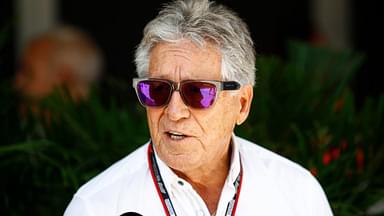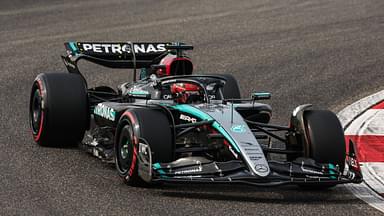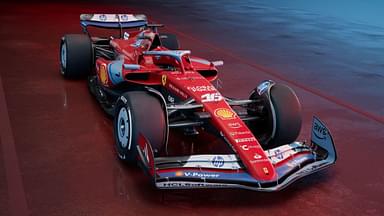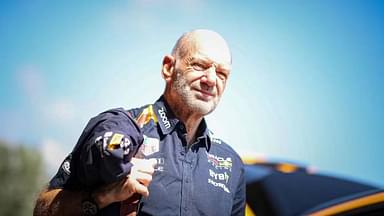Ferrari and Mercedes unveiled their 2023 cars on February 14th and 15th, respectively. And apart from the visibly exposed Carbon fibre, which is becoming a trend in the current grid, the Front Wing caught everyone’s attention.
The Ferrari SF-23 and Mercedes W14 sported front wings with visible gap separators. However, the FIA banned Mercedes’s endplate that featured the 5 separators in 2022.
So how come Ferrari and Mercedes manage to dodge the ruling? The answer lies in its ingenious design principle and the knack for finding loopholes with clever wording.
Also Read: Why Is F1 Banning Tyre Blankets?
What is the function of the front wing in an F1 car?
The Front Wing of a Formula 1 car is one of the most crucial parts of its aerodynamic package. A Front Wing plays the role of directing the airflow around the F1 car and generating adequate downforce.
Notably, the front wing is the first part of the car to hit the airflow. Hence, a huge chunk of the car’s aerodynamic performance depends upon the design of the wing.
As the car travels at over 300 KmH, the wing cuts the air and works it around it. But it also generates outwash and vortexes, which could hamper a car’s speed.
Wings are usually made of carbon fibre and are directly attached to the nose of the car. Even small damage to the wing can significantly impact the handling or pace of the car and can add up a couple of seconds to a driver’s lap times.
What role do slot gap separators play? How did it benefit Mercedes?
As a Front Wing hits the air at high speeds, it is prone to flexion. The FIA have curbed the degree of flexion allowed and mandated using slot gap separators to control this.
However, during the 2022 US GP, the Mercedes W13 sported additional parts on their Front wing. Their front wing featured 5 additional separators on the lower flaps of the wing
The genius design allowed Mercedes to shape the airflow further and direct it as per their requirement. Needless to say, it improved the aerodynamics of the wing, allowing them to dampen the car’s bouncing.
What are FIA’s front-wing regulations?
However, rival teams pointed out that Mercedes had violated Article 3.9.8 of F1’s Technical Regulations. This article pertained to the use of gap separators in an F1 car.
The directive denotes that a team can install a maximum of 8 slot gap separators on each side of the Front Wing. However, they were not supposed to deliver a direct aerodynamic influence.
The regulations stated the Auxiliary Components could only be fitted ‘for primarily mechanical, structural or measurement reasons.” Eventually leading to a ban on the use of said parts.
Also Read: Why Bahrain is Chosen Over Barcelona for F1 Pre-Season Testing?
Why was Mercedes banned from using their Front wing endplates in US GP?
Mercedes were banned from using their US GP Front Wing following backlash from other teams. The teams spotted that the additional gap separators helped reduce the cars’ outwash.
This prompted the FIA to investigate the matter. However, before the FIA ruled in favour of their rivals, the Silver Arrows shelved the design and reverted back to their original Front wing.
Technical director Mike Elliott said the team chose not to bring the new design as they did not find many benefits in the new wings. As a result, it was dropped from both cars and did not feature in the following Grand Prix in Mexico.
How did Mercedes and Ferrari dodge it?
When both Ferrari and Mercedes unveiled their 2023 cars, the gap separators were visible on the end plates. Much of this is due to an amendment in the same article ahead of the 2023 Season.
According to the newly updated technical regulations, it will be allowed as long as the separator is structurally connected to the wing. Hence Ferrari chose to integrate the components into their design.
Even the Mercedes W14 shows the separators as a functional piece and thus can be used as an aerodynamic device. This shows the clever designing philosophies used by both teams to find a loophole in the regulations.
Although the benefits provided by components are minute and yet to be fully understood, when the cars resume Pre-season testing in Bahrain on February 23-25, we can fully see the effect the small part plays on the car’s improved performance.
Also Read: Carlos Sainz Reveals Charles Leclerc’s Unusual Nickname During Ferrari SF-23 Shakedown






